-
Notifications
You must be signed in to change notification settings - Fork 0
Technology Stack 📚
Table Of Contents
- Spring Boot
- Spring Data JPA
- Hibernate
- PostgreSQL
- Oracle SQL Developer Data Modeler
- Flyway
- JUnit 5
- Mockito
- Docker
- Docker Compose
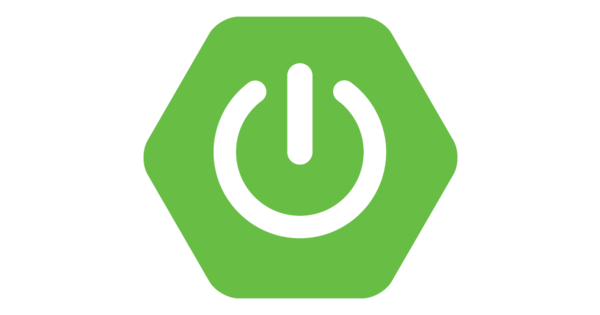
"Java Spring Framework (Spring Framework) is a popular, open source, enterprise-level framework for creating standalone, production-grade applications that run on the Java Virtual Machine (JVM).
Java Spring Boot (Spring Boot) is a tool that makes developing web application and microservices with Spring Framework faster and easier through three core capabilities:
1. Autoconfiguration
2. An opinionated approach to configuration
3. The ability to create standalone applications
These features work together to provide you with a tool that allows you to set up a Spring-based application with minimal configuration and setup." [1] [2].

"Spring Data JPA, part of the larger Spring Data family, makes it easy to easily implement JPA based repositories. This module deals with enhanced support for JPA based data access layers. It makes it easier to build Spring-powered applications that use data access technologies." [3]
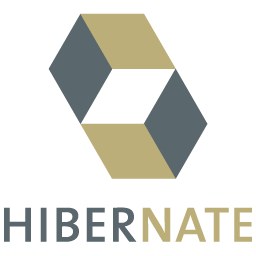
"Hibernate ORM enables developers to more easily write applications whose data outlives the application process. As an Object/Relational Mapping (ORM) framework, Hibernate is concerned with data persistence as it applies to relational databases" [4]
"In addition to its own "native" API, Hibernate is also an implementation of the Java Persistence API (JPA) specification. As such, it can be easily used in any environment supporting JPA including Java SE applications, Java EE application servers, Enterprise OSGi containers, etc." [4]
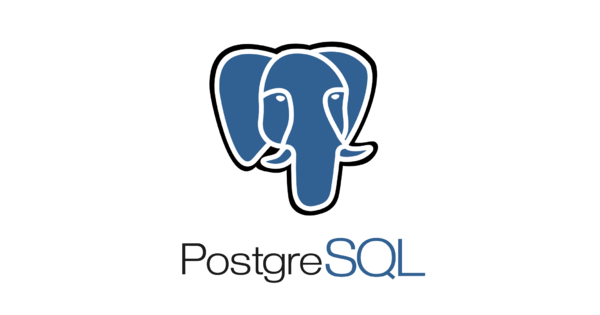
PostgreSQL[5] [6] is a powerful, open source object-relational database system. It is fully ACID compliant, has full support for foreign keys, joins, views, triggers, and stored procedures (in multiple languages). It includes most SQL:2008 data types, including INTEGER, NUMERIC, BOOLEAN, CHAR, VARCHAR, DATE, INTERVAL, and TIMESTAMP. It also supports storage of binary large objects, including pictures, sounds, or video. It has native programming interfaces for C, C++, Java, .Net, Perl, Python, Ruby, Tcl, ODBC, among others, and exceptional documentation.
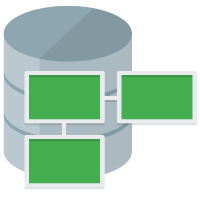
"Oracle SQL Developer Data Modeler is a free graphical tool that enhances productivity and simplifies data modeling tasks. Using Oracle SQL Developer Data Modeler users can create, browse and edit, logical, relational, physical, multi-dimensional, and data type models. The Data Modeler provides forward and reverse engineering capabilities and supports collaborative development through integrated source code control. The Data Modeler can be used in both traditional and in Cloud environments" [7]
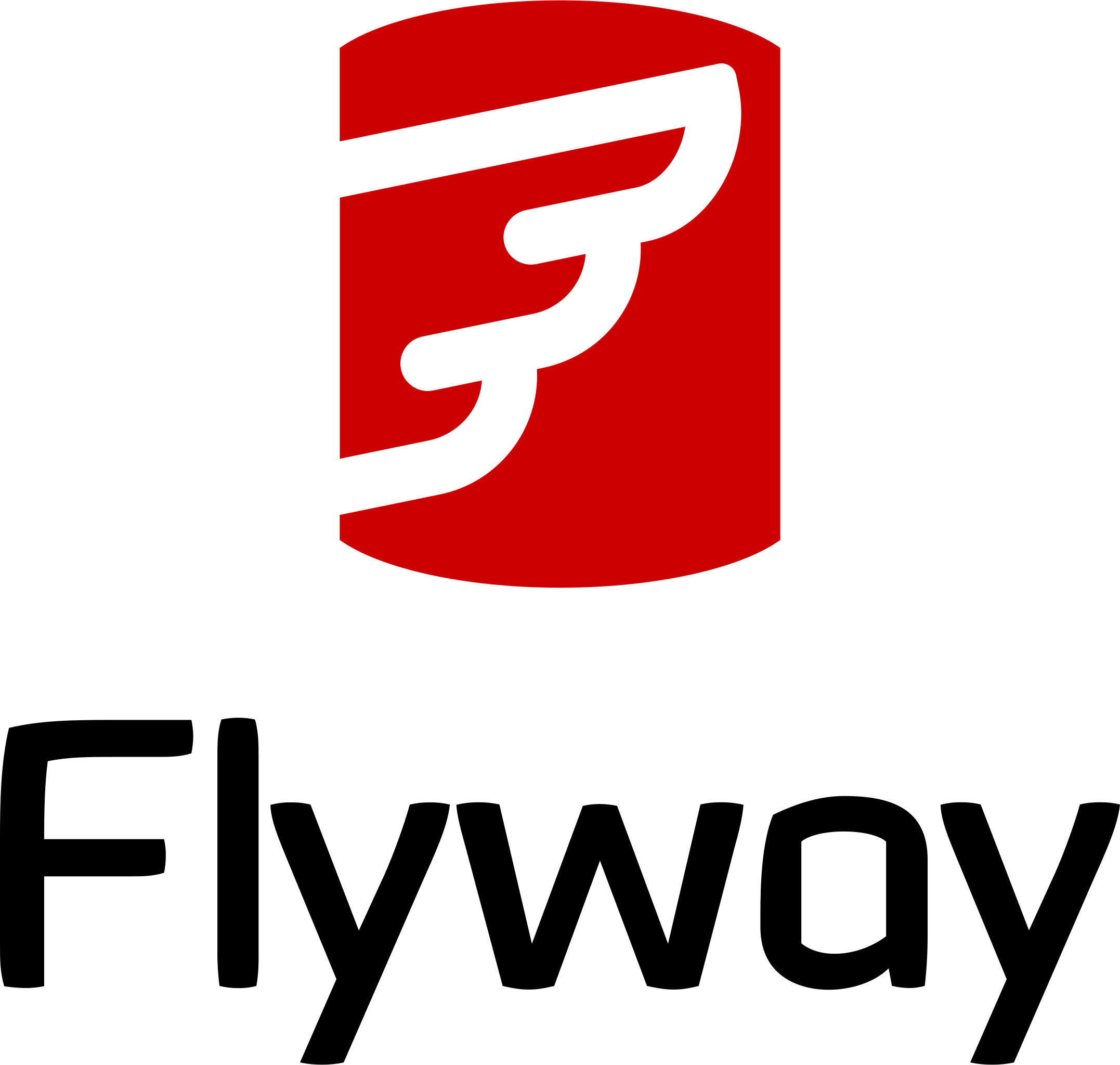
"Flyway is an open-source database migration tool. It strongly favors simplicity and convention over configuration." [8]

"JUnit 5 is the next generation of JUnit. The goal is to create an up-to-date foundation for developer-side testing on the JVM. This includes focusing on Java 8 and above, as well as enabling many different styles of testing." [9]
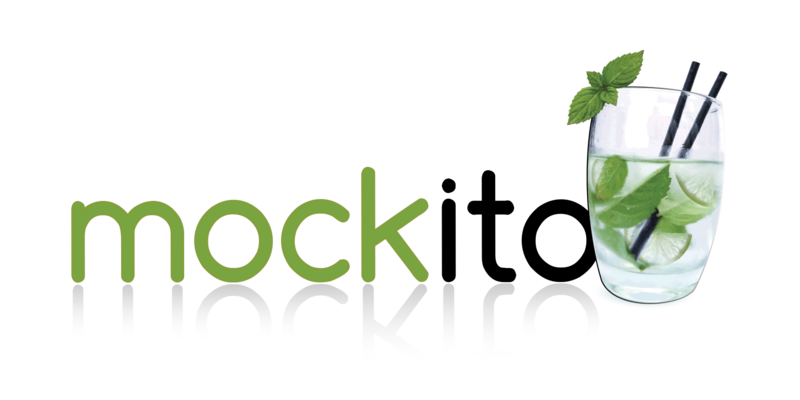
"Mockito is a mocking framework that tastes really good. It lets you write beautiful tests with a clean & simple API. Mockito doesn’t give you hangover because the tests are very readable and they produce clean verification errors." [10]

"Docker is an open source containerization platform. It enables developers to package applications into containers standardized executable components combining application source code with the operating system (OS) libraries and dependencies required to run that code in any environment." [11]

"Compose is a tool for defining and running multi-container Docker applications. With Compose, you use a YAML file to configure your application’s services. Then, with a single command, you create and start all the services from your configuration." [12]
"The higher we soar the smaller we appear to those who cannot fly."
[Friedrich Nietzsche]